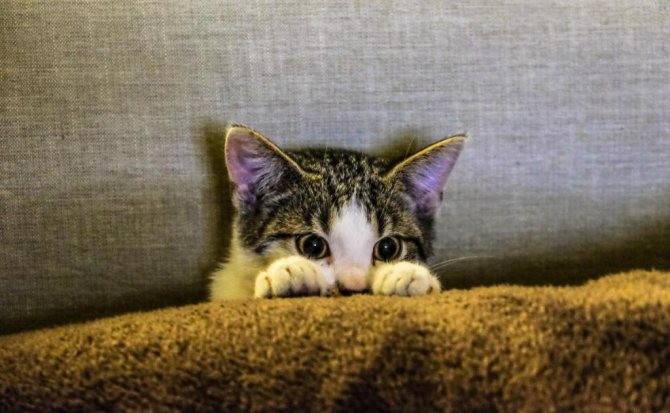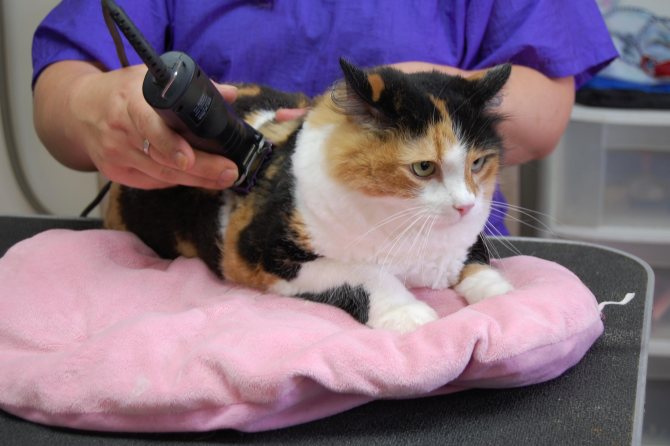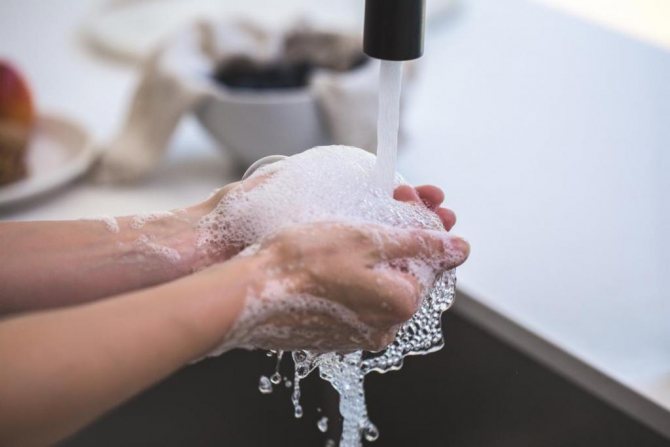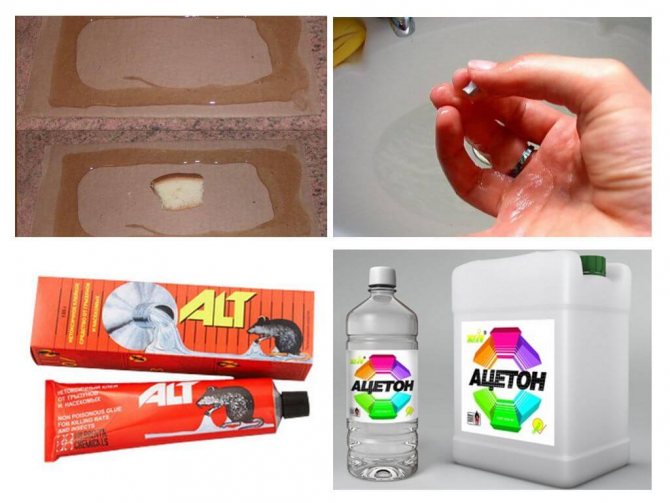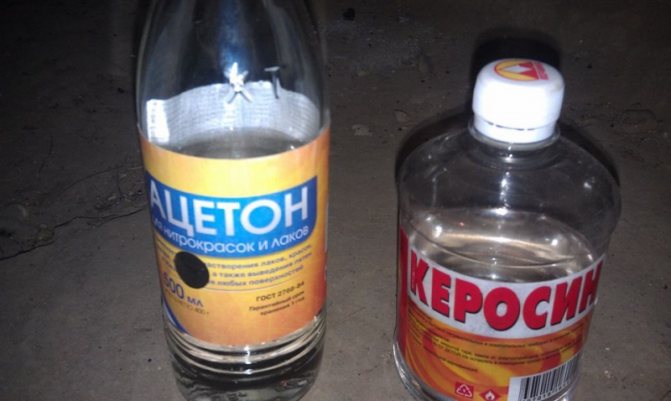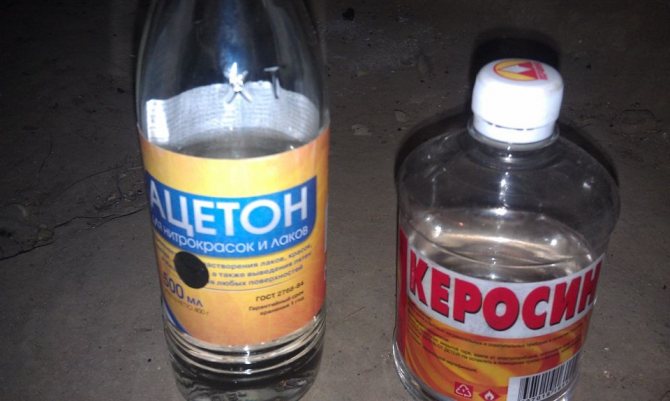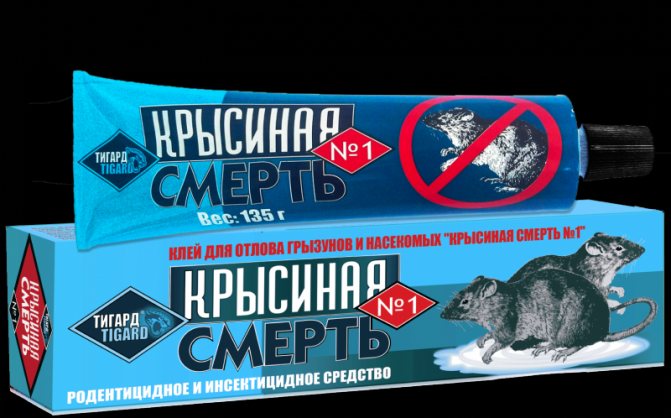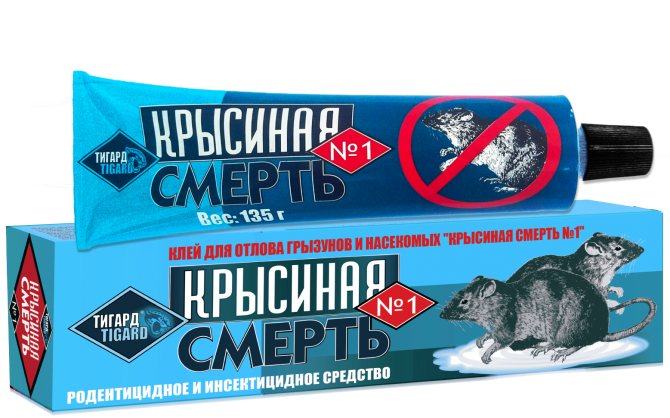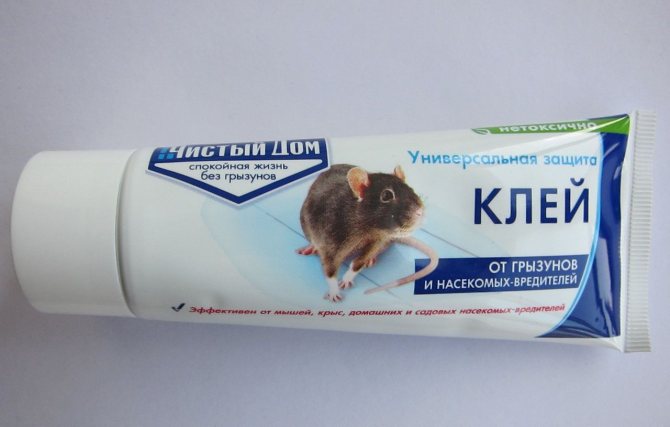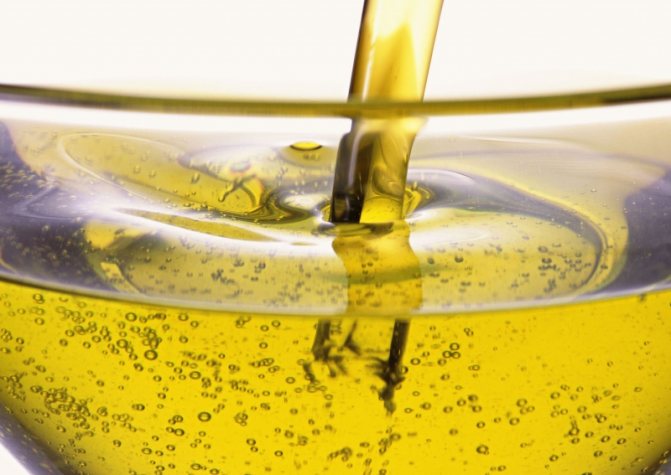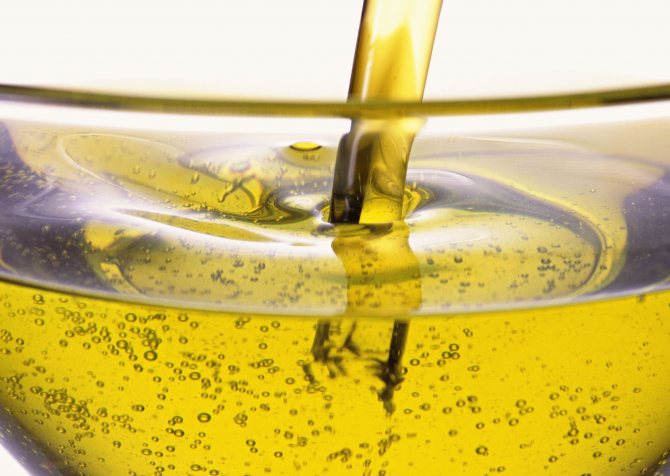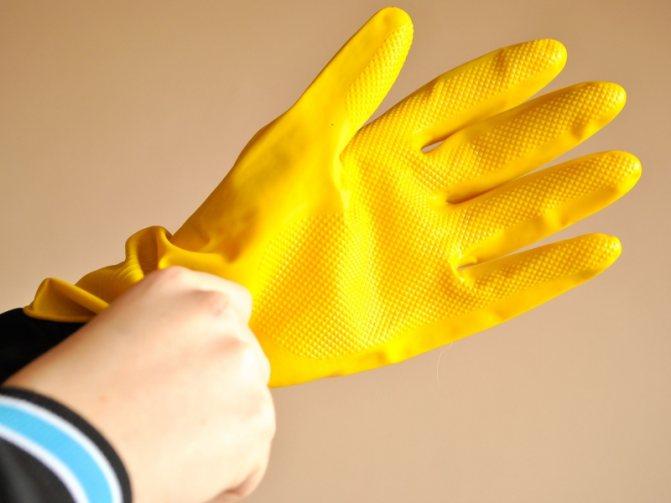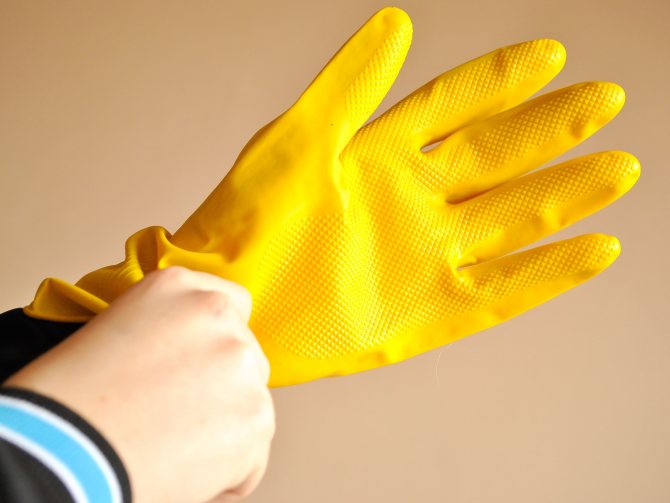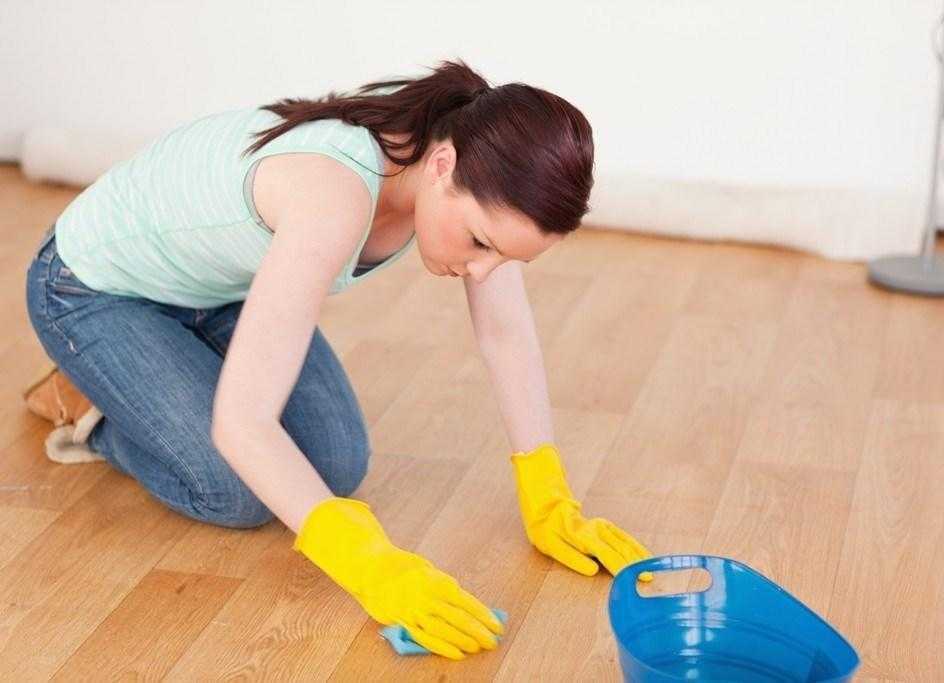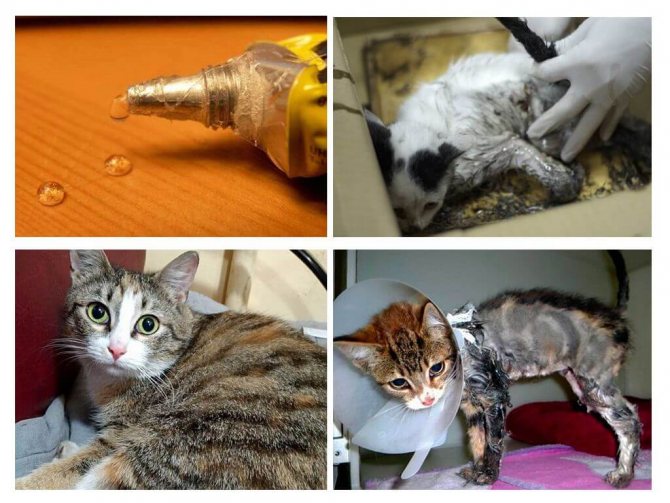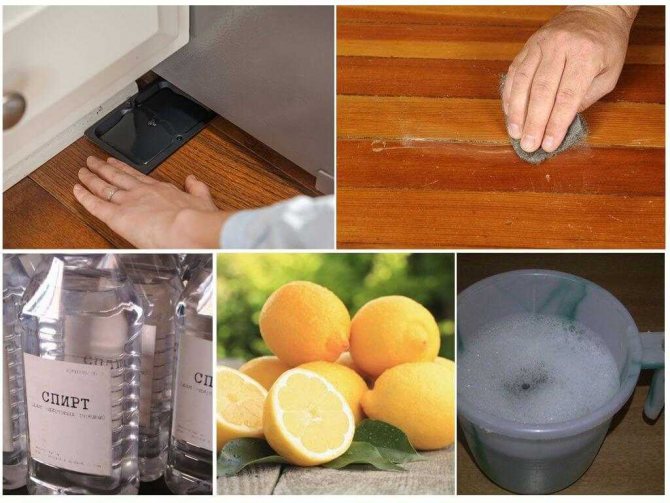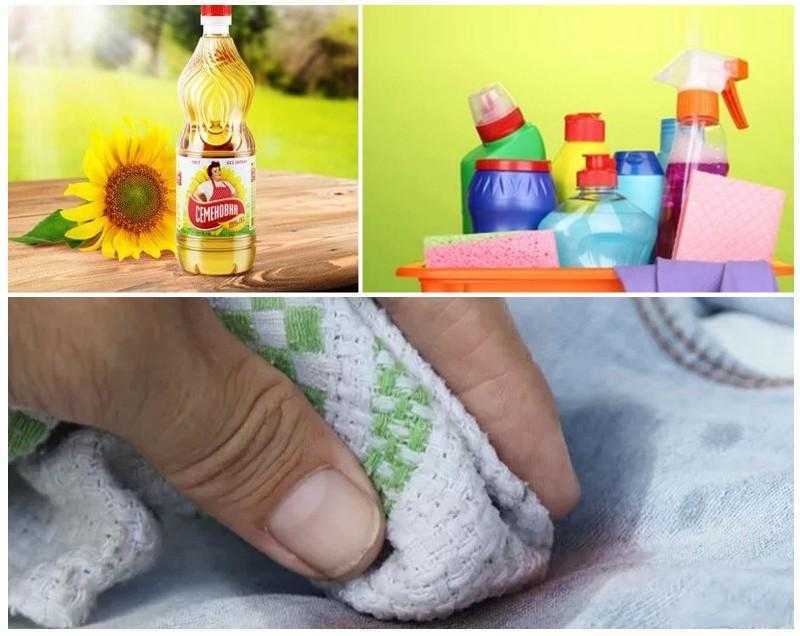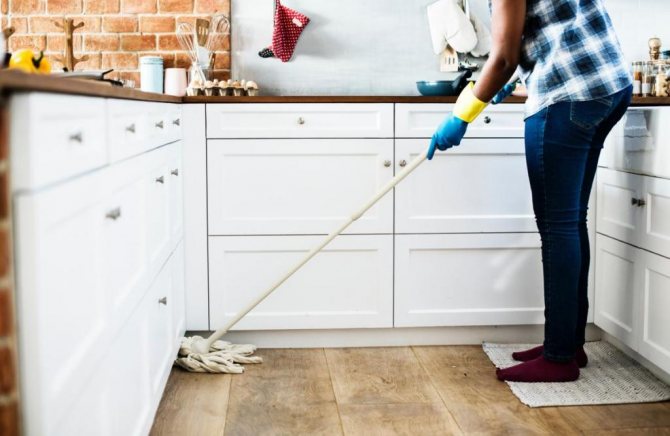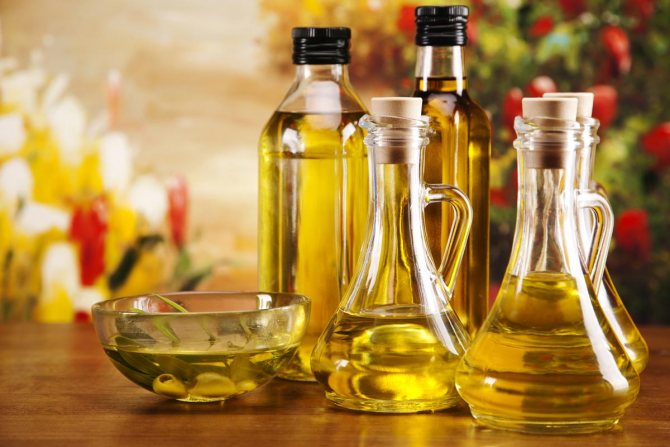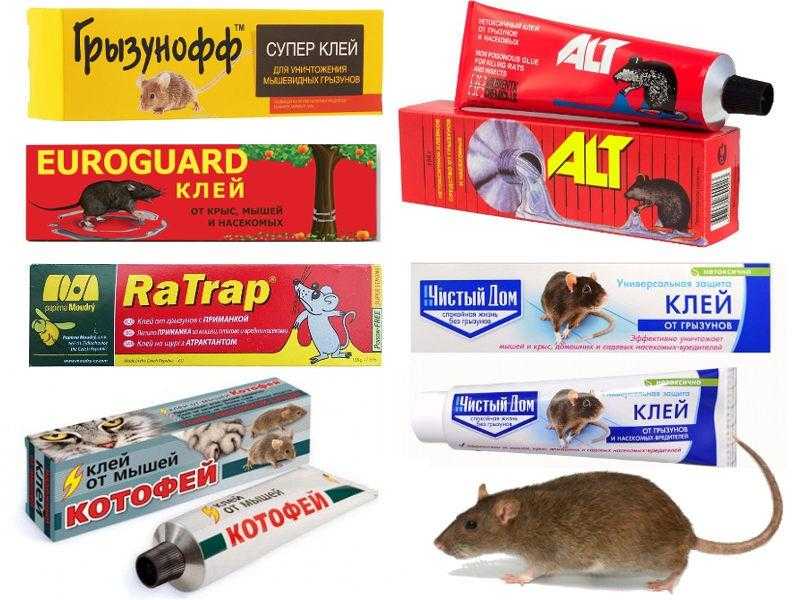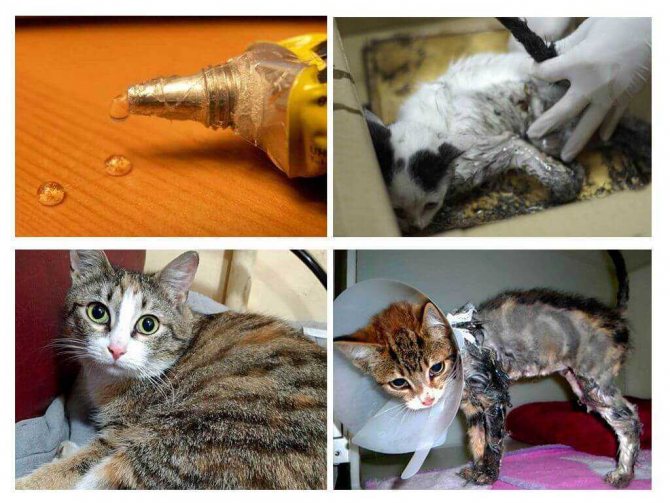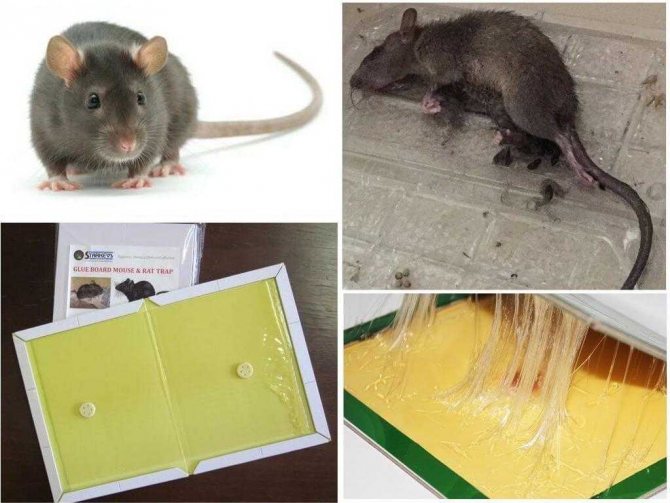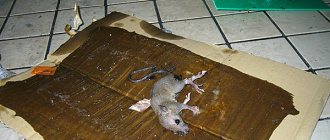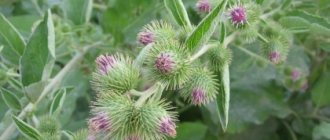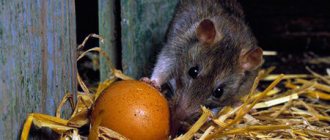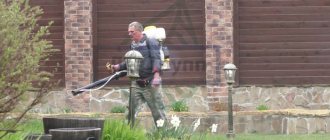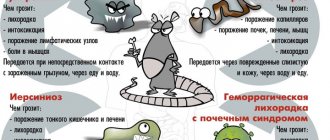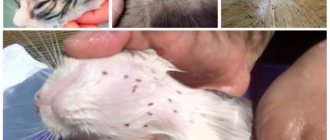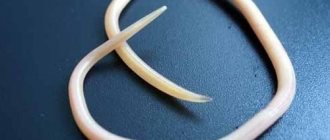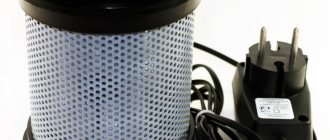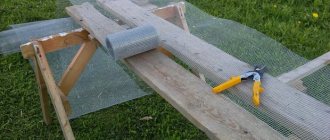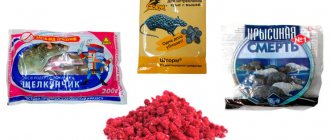Homemade or purchased sticky rodent traps are considered safe for the human body. They do not emit harmful substances during use. Thanks to this, they can be installed in rooms where food is stored, people live, and pets are. However, during the manufacture of a homemade trap, you can get dirty with the glue mass. You need to know how to wash the glue for mice, how to do it most effectively.
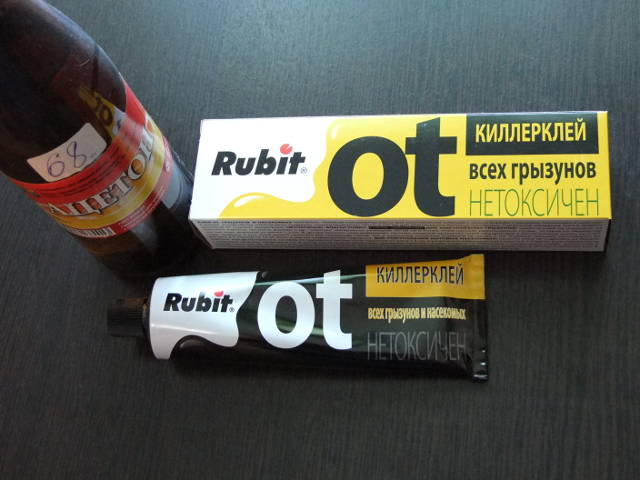
How to wash your hands
Take a piece of cotton or linen cloth, soak it in a solvent like acetone, alcohol or kerosene and try to wipe it off, after 2-3 minutes, wash your hands thoroughly with laundry soap under warm water. The disadvantage of this method is the adverse effect of chemical substances on the skin, the presence of a pungent odor. If you decide to take this approach, then make sure that the room is well ventilated, or even manipulate it outdoors. If an allergic reaction occurs, stop contact with the allergen immediately and rinse with copious amounts of running water.
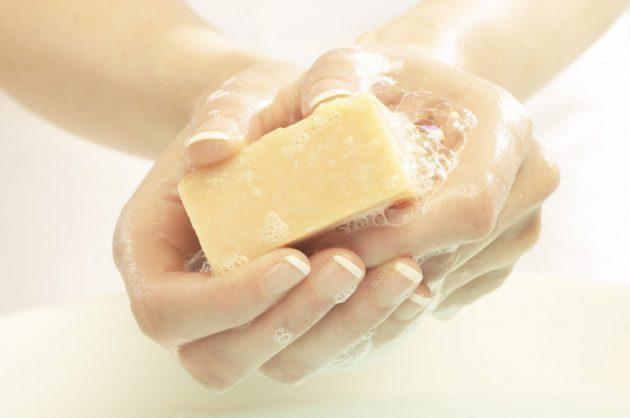

The second, more gentle and safer method is to use vegetable oil for refining. It does not have a negative effect on the skin, it is applicable for children, and effectively breaks down glue particles. Liberally lubricate the contaminated area of the skin with oil and wrap it with a cotton towel for at least 15 minutes, then thoroughly wash your hands under warm running water using fat-soluble liquids (soap, dishwashing detergent). The procedure can be repeated twice if necessary.
Description of the problem
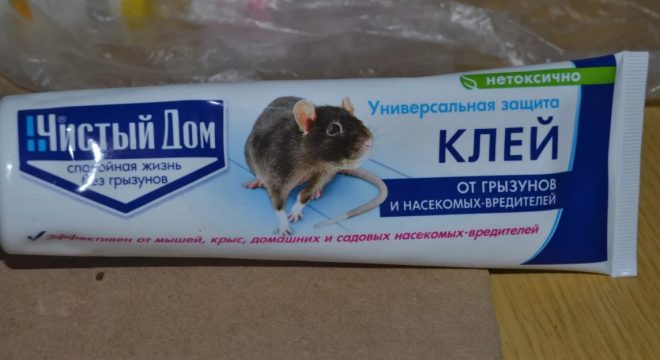

The rodent-trapping compound is specially formulated from viscous polymers with a melting point below room temperature, so it does not solidify or dry out like solutions.
In most cases, the base (up to 80%) is polybutylene with the addition of cycloisane and polyisobutylene.
The suspension can be applied to the old carton
Polymers are not toxic, but react poorly with weak solvents.
These glue traps are available in 2 types:
- ready-to-use traps in the form of a strip with an adhesive layer covered with a protective film for transportation;
- suspension in tubes (can), which is applied independently on the selected base in accordance with the manufacturer's recommendations.
Hard case
The performance of the mouse glue is specially formulated for instant adhesion to organic surfaces.
For the skin of the hands, exposure to these fluids in small amounts is usually acceptable, but removing the sticky mass from hair, pet hair or fabric upholstery in this way will not only be difficult, but almost impossible.
Safe ways to remove sticky glue from hairline are:
- A haircut. If only the ends of long hair (wool, pile) are stained, then it is better to trim them carefully, since treatment with synthetic or organic liquids will cause more damage to the intact part. It is recommended to choose this method for pets, otherwise it will take a lot of exposure for him and the owner while washing the glue.
- The use of natural solvents (sunflower oil) and / or household chemicals. This is a more time-consuming process, since it is necessary not only to remove dirt, but also to remove oil and synthetic detergents that absorb into the skin and hair. From household chemicals, grease cleaners are used (for example, dishwashing liquid).
The oil will remove glue residues well, but not always the first time
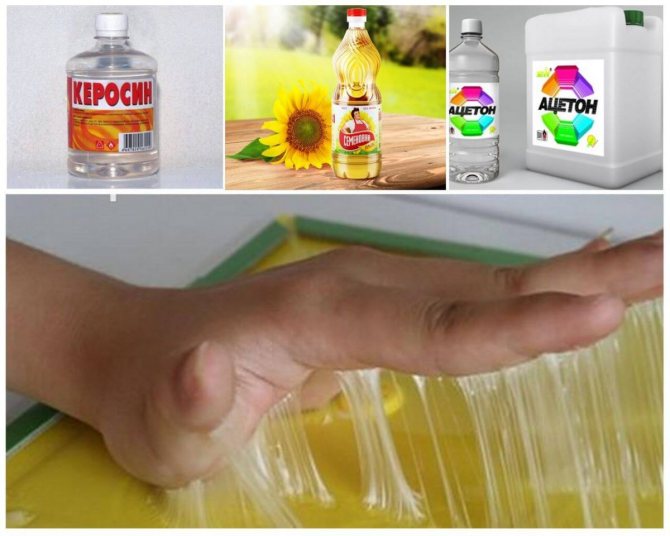

The oil not only dissolves polymers, but also activates the process of self-cleaning of living tissues (the work of the sebaceous glands), and then the adhering mass is mechanically removed along this film, so it is not always possible to remove the stain the first time.
In such cases, an oil compress is used - liberally lubricate the hand and wrap it for 15 - 20 minutes with a thick cloth, then rinse it off with a degreasing agent.
How to wash animal hair
If a pet climbs onto the plate, carefully release it from the adhesive base. It is best to cut the stuck together section of wool. Of course, if this is a very large area of wool, then one haircut will not do. Use sunflower oil again. Soak a soft cloth well in the oil and wipe off the mouse glue. Then, bathe your curious pet in warm soapy water. Dry the fur with a towel. You can also turn to alcohol-containing solutions: 70% alcohol, cologne, alcoholic tinctures. Voila, your miracle has been saved, and you shouldn't be upset that you spent a lot of time and effort on it. Next time, place the sticky trap out of the reach of pets.
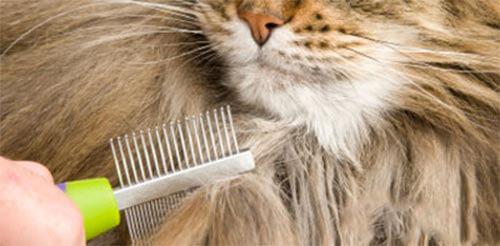

Ways to eliminate adhesive from mice from floors and carpets
It is very difficult to wash the glue from the mice when it hits the material or furniture. For this, oil, liquid for dishes is used. However, this method does not always give a 100% result, since there is a risk of tissue damage. To remove the mouse glue from the carpet, the stains are washed with kerosene, but before that, a test is carried out on an inconspicuous area.
Due to the increased risk of damage to the product, it is recommended to contact a dry cleaner. Employees of such organizations have the knowledge and means to remove glue from mice from both furniture and clothing.
It is easier to wash the glue off the floor:
- Apply alcohol to a clean cloth and gently wipe off the substance from the floor surface.
- Treatment of contaminated areas with a solution of water and lemon juice.
- Prepare a mixture of grated household soap, diluted in 1 liter. water. Such a composition easily penetrates into the sticky substance.
- In the absence of results from all activities, you can scrape off the glue with a spatula. Excess adhesive is removed with a stiff sponge dipped in alcohol.
You can clean the wood floor from the glue mouse trap with a solvent. But if there is paint on it, there is a risk of defects. Therefore, on painted surfaces, incl. plastic, the glue is removed with vegetable oil. The greasy film is washed off with soapy water. Movements must be gentle so as not to damage the floor covering.
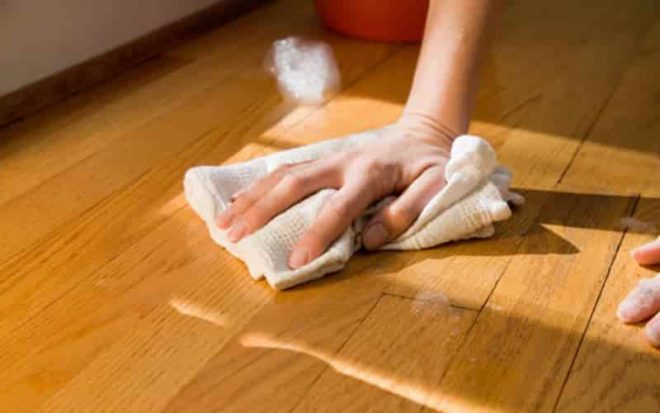

How to remove stains from fabric, carpet, furniture
If, through negligence or an absurd accident, glue gets on fabric material, furniture or carpet, the best step is to resort to dry cleaning services. If you still want to clean clothes, curtains, upholstered furniture at home, use the advice of some hostesses and wash things with sunflower oil, but then you will have to solve a new problem - greasy stains. As they say, the lesser of two evils is chosen. Another option - to fill the stain with kerosene, is also very unreliable, since there is a risk of completely ruining the thing.
Mouse glue smears furniture
There are other situations when the adhesive composition gets on furniture, carpets. To restore the appearance of interior items, there are several ways than to wash off the mouse glue.
Here is some of them:
- DIY cleaning.Includes the use of sunflower oil or kerosene. The second option is considered unsafe, as it can completely spoil the appearance of the item.
- Use dry cleaning services. Experienced craftsmen with a guarantee will clean everything from the glue mass.
If you use vegetable oil, you will have to try to clean the furniture from greasy stains.
How to clean the floor
Often, when preparing the trap, the glue will spill onto the floor. There are four proven ways to remove this type of contamination:
- Favorite vegetable oil.
- Sandpaper, spatula (risk of surface defects).
- Alcohol-, acetone-containing substances.
- Soap solution: grate laundry soap, pour in water, stir thoroughly. Wash with a sponge.
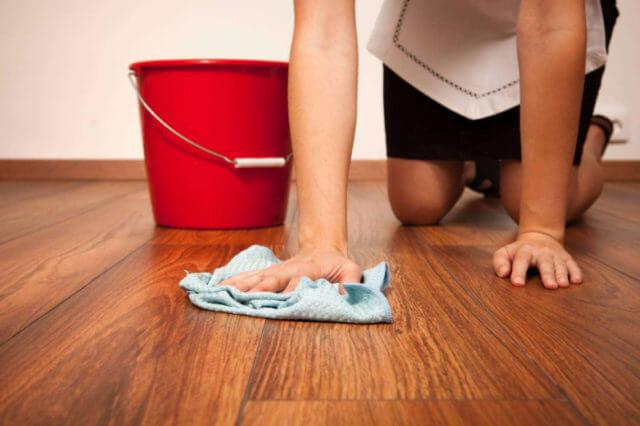

Types of glue in mouse traps
There are three types of rodent traps on store shelves:
- Finished board with distributed glue. The substance contains components, the smell of which attracts mice. The board is easily installed on the surface - the protective film is removed and placed in a convenient place.
- Mouse glue. Typically, the adhesive comes in a tube or can. There is a difficulty in applying the composition evenly. However, there are pluses - regardless of the ambient temperature, the product does not dry out.
It is noteworthy that the liquid glue applied to the cardboard is used only once, i.e. to the first mouse. After that, the trap is thrown away, otherwise the animal will begin to decompose.
In some cases, millet or other cereals are poured over the cardboard. Traps are distributed in places where rodents are more likely to appear.
We wash the glue off our hands
You can wash your hands with vegetable oil, which breaks down the glue base and does not damage the skin. In case of heavy contamination after soaking in oil, the glue can be wiped off with a pumice stone. When large pieces of glue have been removed, hands are washed with dish detergent or laundry soap.
You can remove stains from your hands with solvents. Acetone or nail polish remover will do. It can be used by people who are not allergic to it. It is harmless to the skin but has an unpleasant scent. After acetone, you need to wash your hands with ordinary cosmetic soap.
How to wipe off glue with different means
The installation of sticky traps on rodents is done in places of their regular appearance. An animal caught in them will strive to escape from the trap, turning it over and resting against interior items. In this case, the sticky composition will stain everything in the area. During cleaning, the mouse repellent can get on clothes, and active pets can easily stain the wool in it, since the composition in the glue trap remains liquid for a long time.
Vegetable oil
Any housewife has sunflower oil in the kitchen. They can remove the glue from clothes at home, for this the stain is oiled or a completely dirty area is dipped into it. Soak the cloth in a bowl of oil for 5-10 minutes, then carefully scrape off the glue mixture. All actions are carried out with gloves.
The fatty base of the oil breaks down the components of the mixture, after which the clothes can be easily cleaned. If the contamination is severe, the oil cleaning must be repeated.
The disadvantage of the method is that after that you need to remove greasy stains from clothes. This can be done with warm water and laundry soap.
Vegetable oil has no effect on human skin and completely removes adhesive residues. If the pet's fur gets dirty, then it can be greased with vegetable oil, and the remaining dirt can be removed with a comb. After that, the animal must be bathed in soapy water.
Dish detergent
You can use dishwashing detergents to help remove the glue for rodents. They are used in secondary processing, when the lumps of the substance have already been removed from the animal's fur, from clothing or other fabrics. Dish detergent is used instead of shampoo when bathing a pet.They wash off greasy stains from fabric surfaces.
Kerosene
It is a highly effective remedy the disadvantage is the drying of the skin of the hands when working with it. After cleaning the surface with kerosene, hands should be smeared with a greasy cream with a nourishing effect. All work is carried out with gloves in the open air, as toxic fumes are released.
Using kerosene-based products, you need to remember that it will be possible to remove their smell from clothes only after several washes.
Lemon juice
Lemon juice helps to not only wash away the mouse glue, but also remove grease stains. Not pure juice is used, but its solution. To prepare the cleaning agent, a glass of warm water is taken, to which 2-3 tablespoons are added. lemon juice. The composition removes adhesive stains from fabrics and from hands. When cleaning, clothes are soaked in diluted lemon juice for 5-6 minutes, after which they need to be washed using the usual method.
Laundry soap
Soap can be used to wipe off the adhesive from the flooring. A sponge rubbed with laundry soap removes sticky residues on laminate and linoleum. From the hands, the pollution is first removed with vegetable oil, and then treated with soapy water. The method can be used to remove the glue from children's hands.
Removing stains
Sometimes rodents trapped in the trap turn it over
Accuracy of adherence to the rules specified in the instructions does not always excuse from solving the question of how to wash the glue from mice from the floor or other solid objects.
A large animal, falling into a trap, can turn over, drag a bar with a sticky mass.
This can be prevented by nailing the trap or securing it securely in a suitable way.
Contamination can be reliably washed off with the solvents indicated on the manufacturer's packaging. An analogue may be at hand, on which GOST or just a brand is indicated.

